Case studies
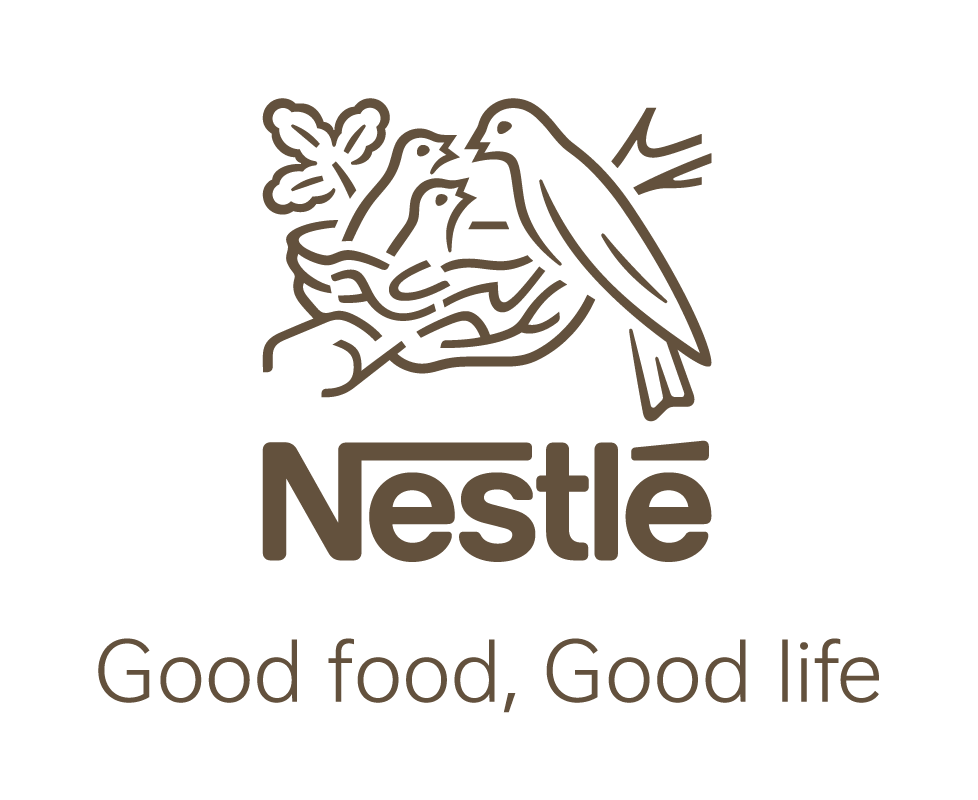
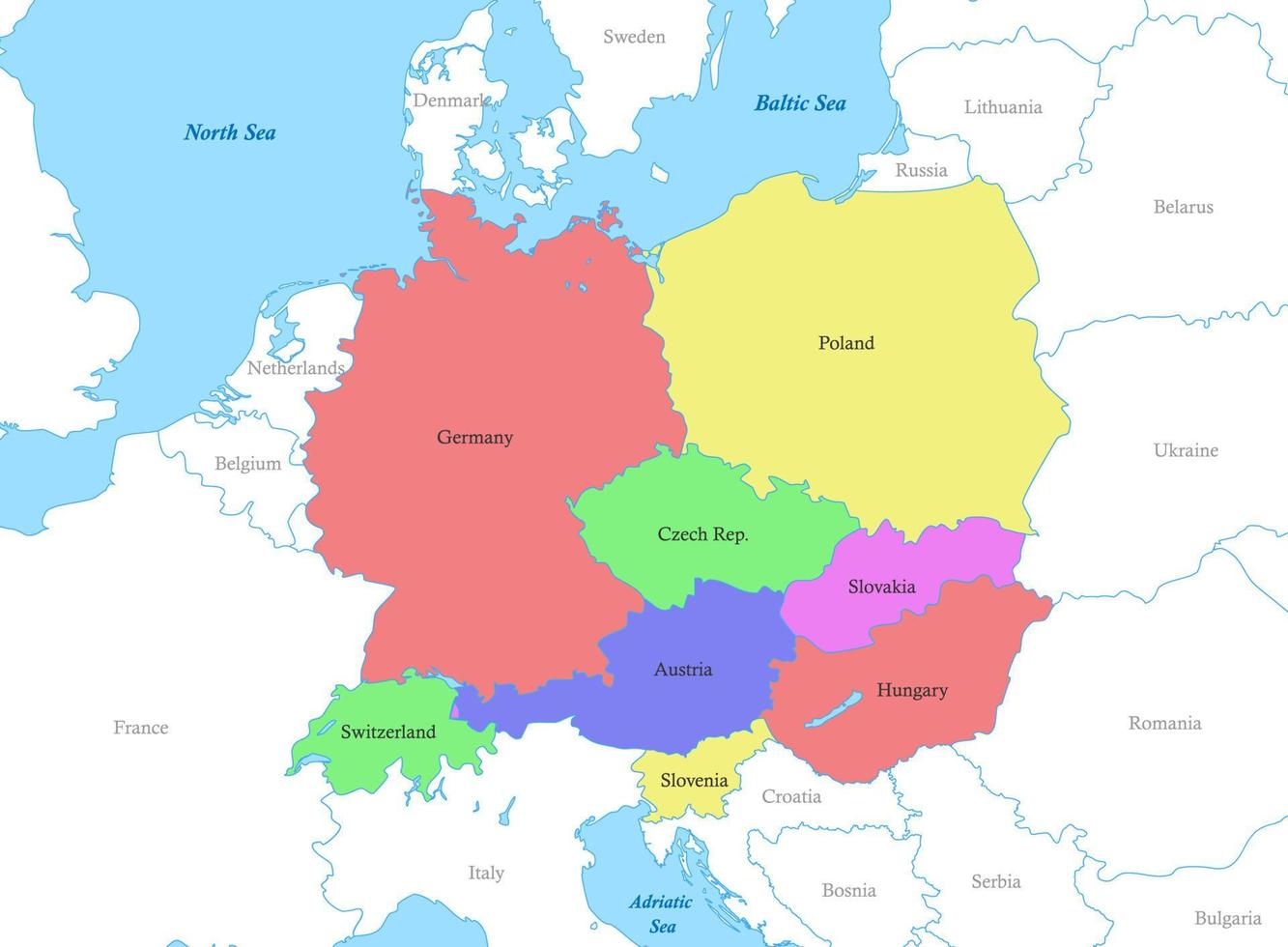
Background:
A two year project. Their confectionery business was underperforming in Central Europe. Prior to the project 3,000 people had been made redundant. We were appointed to identify routes to growth. We partnered with McKinsey. We were responsible for the demand side of the project and McKinsey were responsible for the supply side.
The work:
- Data analysis
- Extensive qualitative insight research
- Attitudinal segmentation
- Portfolio strategy defined
- Proposition development / re-positioning of one umbrella brand and six product brands, including concept development, qualitative evaluation and optimisation, then quantitative evaluation
- Liaising with executional suppliers regarding implementation
The learning and the conclusion:
Older consumers looked back on the communist period with affection because it offered certainty, associating today’s society with uncertainty and risk. Younger consumers enjoy the opportunities and freedom that today’s society provides. Older, traditional, local brands were targeted at older consumers and international brands were targeted at younger consumers. As the generations move on, so the international brands will dominate.
The result:
Following the project the region returned to growth and five of the six repositioned brands achieved record levels of sales. 4,500 people were hired.
“If I had a really big problem and could only choose one person to help I would choose Simon. He’s fun(ny) too.”
Isabella Visintini, Managing Partner, McKinsey, New York
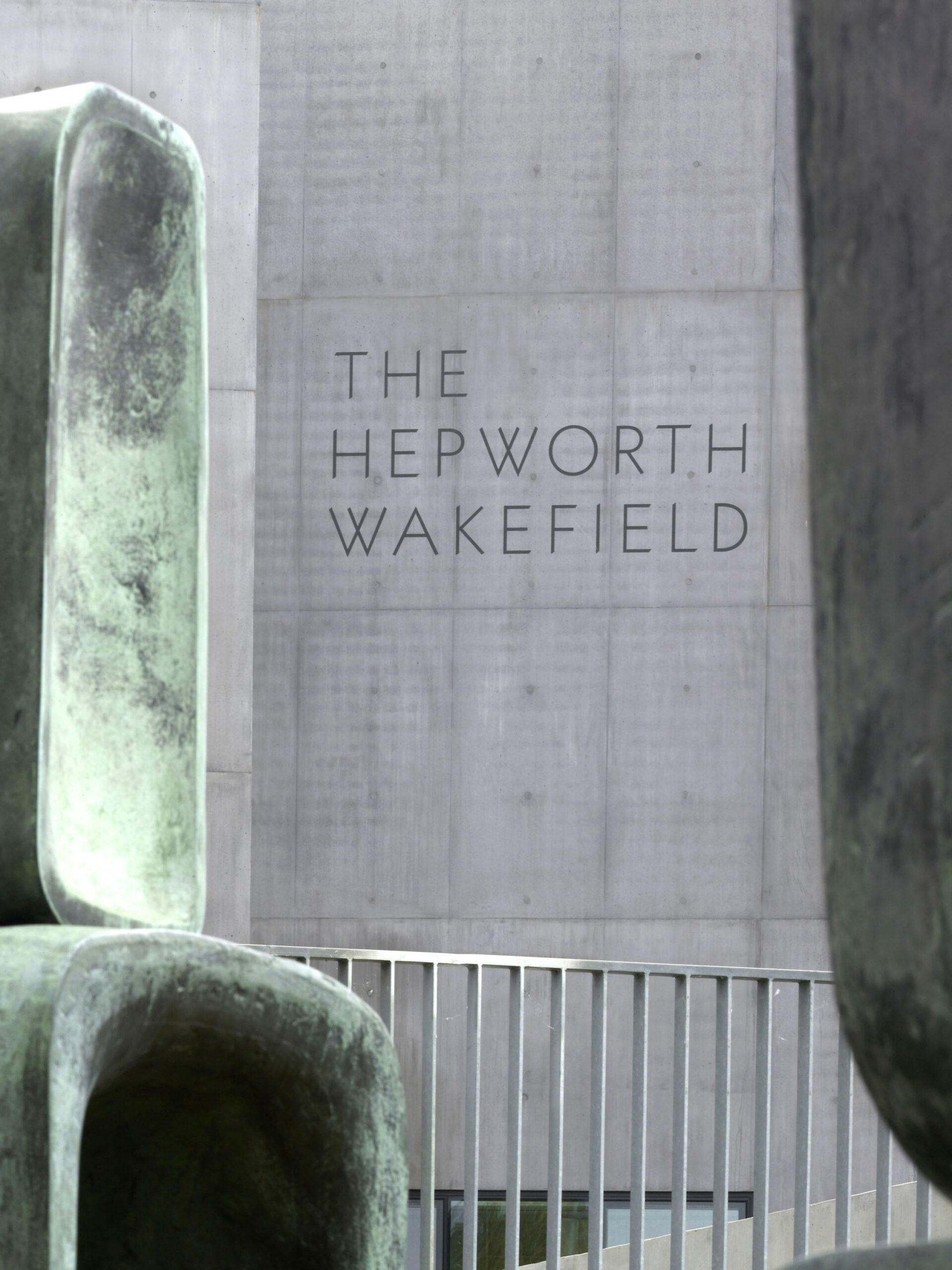
Background:
In its first year, the Gallery achieved 480,000 visitors. Five years later, that had dwindled to 200,000 visitors. We were appointed to return visitor numbers to growth.
The work:
- Data analysis
- Segmentation
- Qualitative insight research identifying reasons for not visiting
- Marketing strategy development
- Staff training
- Oversight of implementation
The learning and the conclusion:
Since the high profile launch the venue had been forgotten. Wakefield was considered to be an unattractive place. The exhibition programme was considered to be obscure. Marketing activity was not being noticed, because it was being spread too thinly. We recommended targeting only younger cultural enthusiasts and only those in Leeds and Sheffield, allowing more bespoke marketing activity, thereby having greater impact. We recommended making a proportion of the exhibition programme more accessible and well-known.
The result:
Within a year of our work, the decline had stopped and growth had returned. Largely due to our work, the Gallery was awarded the prestigious ‘Art Fund Museum of the Year’ award and the director, Simon Wallis, received an OBE.
“The results were immediate and exciting. the whole team engaged with targeting one segment and the profile of the gallery has continued to grow.”
Jane Marriott, Deputy Director
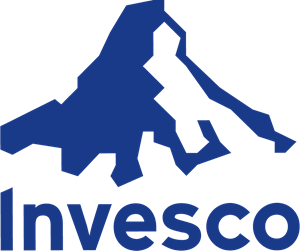
Background:
The Marketing Department was quite operationally focussed and wanted to become more strategic. The department was fully utilised and no recruitment could take place. Therefore the operational aspects of their work had to become more efficient to free up time and resources for more strategic work.
The work:
- Marketing, and asset management knowledge auditing, to identify skills levels, training needs and personnel with most strategic potential
- Audit of internal stakeholder’s satisfaction with the Marketing function and any improvements sought
- Managing a programme of operational efficiency improvement
- Implementing marketing skills training
- Post-programme evaluation: Marketing staff and internal stakeholder satisfaction
The learning and conclusion:
High levels of operational duplication were identified: different customer marketing teams doing the same work for different sales channels.
In particular, the Sales teams wanted more strategic skills within the Marketing function.
Whilst the Marketing team had adequate asset management knowledge to perform their current roles they needed more, to become more strategically influential.
Greater Marketing strategy skills were needed.
The result:
Three individuals were identified as having potential for strategic roles.
Training plans were introduced. We ran the Marketing training. A third party ran the Asset Management training.
The operational efficiencies allowed a stategy team of three to be formed.
Marketing and internal stakeholder satisfaction grew.
A failure!
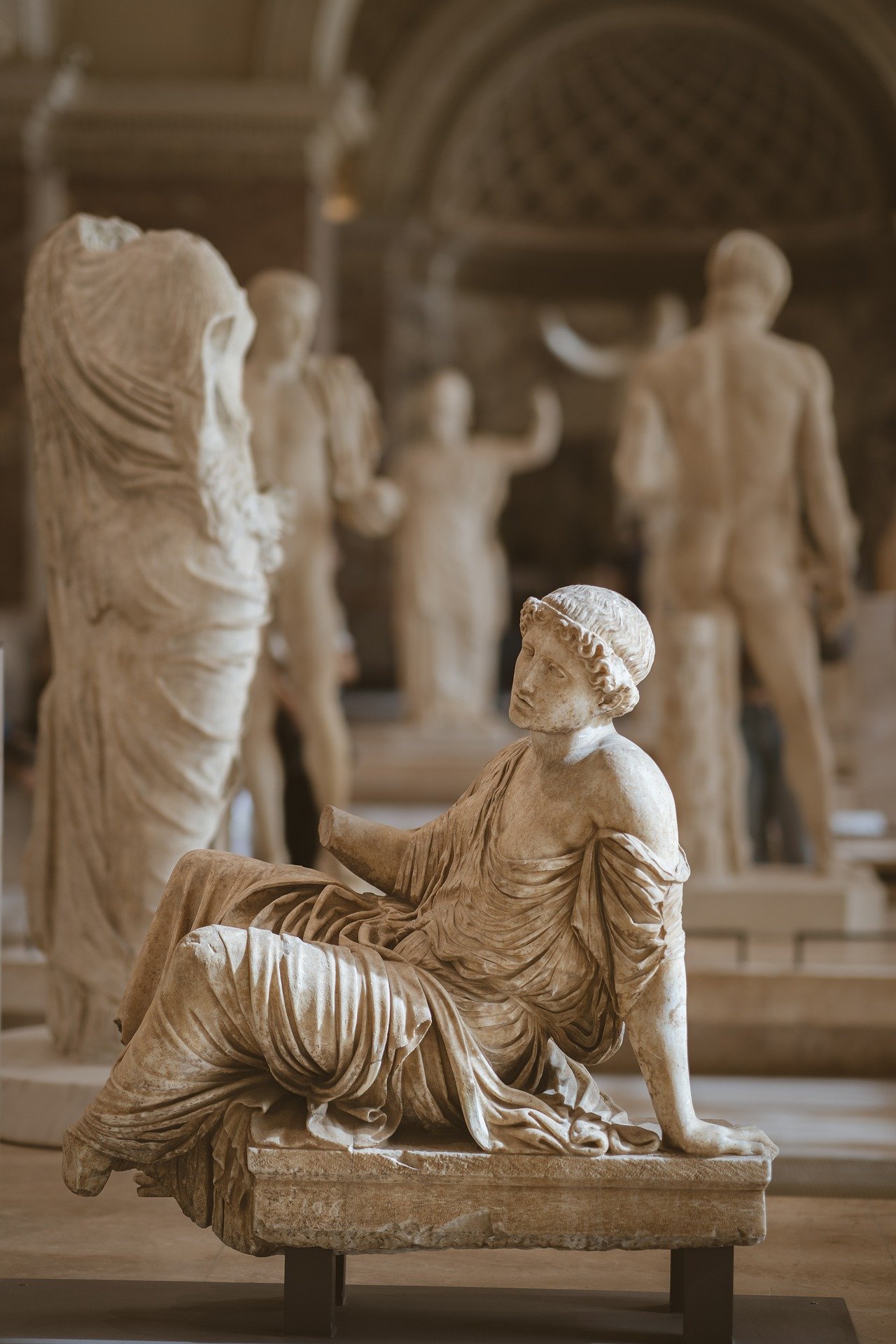
Background:
A cultural venue approached us to define a proposition and creative expression, encouraging people to leave a donation in their will.
We interviewed current donors to identify what motivated them.
We developed some propositions based on the learning, and on some additional creative thinking.
We researched them qualitatively amongst potential donors.
One proposition (about preserving the unique atmosphere of the venue) was very clearly preferred, and we optimised it based on the research learnings.
The client accepted that and we developed three creative expressions of the proposition, which the client approved.
They were to be evaluated nomadically in quantitative research. We produced the questionnaire, which the client approved.
There was an unexplained delay in the client approving the questionnaire being issued. Then we received an email from the client rejecting the winning proposition, which was for two reasons:
1: ‘Atmosphere’ was too vague. We suspect that we prompted that view because we had said in the debrief that it wasn’t very tangible but everyone found it very motivating nonetheless.
2: You could donate to buy things like an object but you couldn’t donate to the atmosphere.
They also said they didn’t want to do the quantitative research but instead wanted to evaluate any new work qualitatively amongst their staff.
We replied saying four things:
1: It was unlikely that we could find a better proposition given how well it had performed in the research and we recommended keeping it. We said we could do further qualitative research to define the atmosphere more specifically but the lack of precision had not been a problem in the original research and it allowed people to define the atmosphere as they wished rather than having a definition imposed on them, that they may not recognise.
2: We agreed that you can’t donate to the atmosphere but it is the atmosphere that motivates people to donate.
3: We outlined the incremental cost and timing involved in generating new propositions and in conducting further qualitative research.
4: We recommended that any evaluation was not conducted amongst staff because they were far from being the target audience.
The client responded by effectively firing us saying that they didn’t have the budget to pay for the extra work and that they were “…disappointed that you [Muse] would not take client feedback.”
When we pointed out that they had approved the proposition and the creative expressions of it, to the extent that we had moved on to the next stage of the project and they had approved that as well, they responded by saying that they were entitled to change their mind.
To the best of our knowledge no new work has run, and all the management time and cost involved in the project has been wasted. As a public body it was taxpayer’s money that was wasted. Still, they have a highly motivating proposition, should they choose to use it.
A very great shame, as we would like to have helped them succeed, but sometimes there is a limit to how far a supplier can help, and the decision is always ultimately the clients to make.
